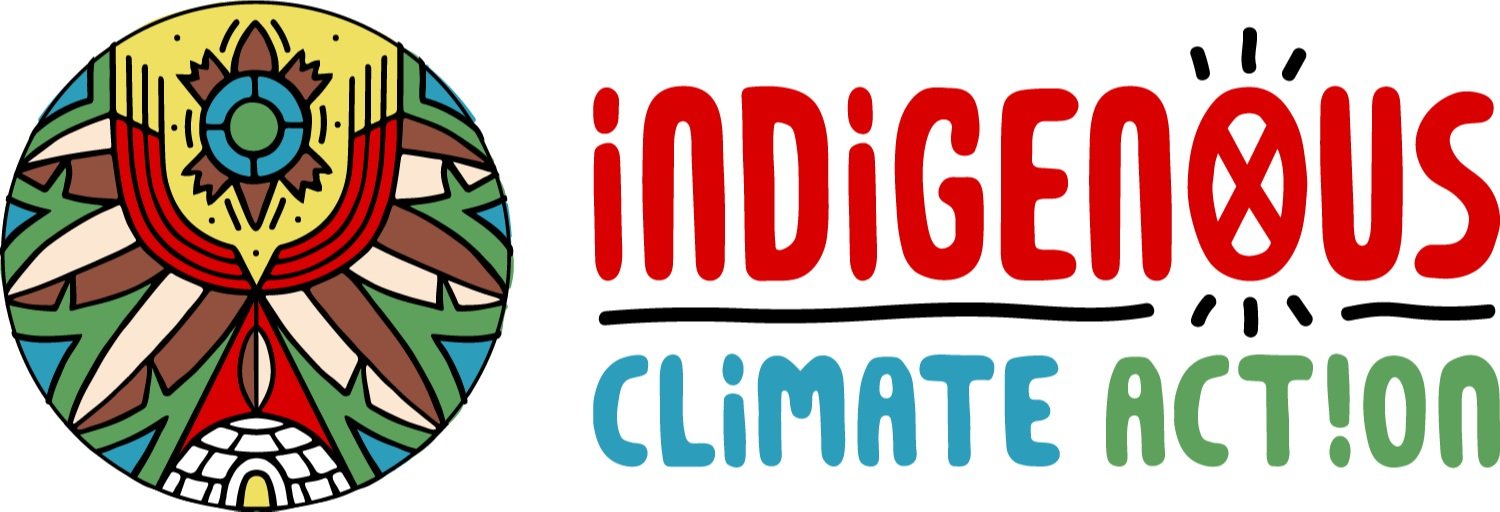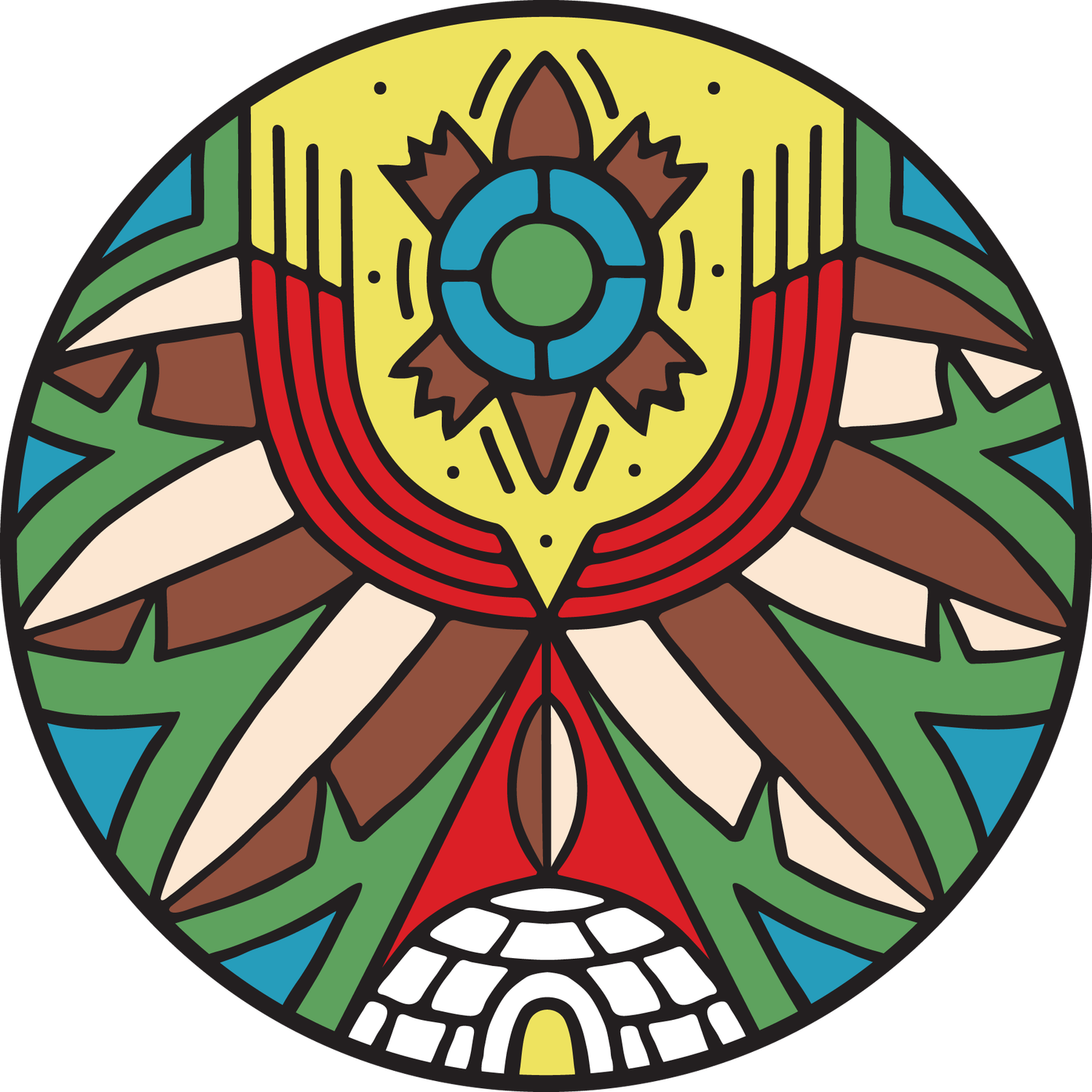In the Know:
Bear Teachings
June 2021
Listen wherever you get your podcasts or go to our podcast website page.
Episode description
Bears can be found all across so-called Canada and many Indigenous communities and Nations have lived side-by-side with bears. In this episode, we hear from Jeff Wastesicoot and Daphie Pooyak on Cree bear teachings before speaking to Inuk youth, Ruth Kaviok, about her experiences with polar bears. We end with an Inuit story about polar bears, read by ICA Steering Committee Member and Inuk/Mi’kmaq youth, Bryanna R. Brown.
We want to recognize that some of the audio for this episde was pulled from a webinar co-hosted by Keepers of the Water, Kâniyâsihk Culture Camps, Indigenous Knowledge & Wisdom Centre, and Indigenous Climate Action.
About Jeff Wastesicoot
Jeff comes from Pimickamack Cree Nation (Cross Lake Manitoba). He has served as a Language consultant and knowledge Keeper for many years.
Jeff continues to dedicate much of his time to helping people overcome personal challenges through ceremonies, traditional medicines and counseling. He has dedicated his life to the preservation of the Nehiyew language and culture. Jeff recognizes the spirit within the tongue, as he interprets the parables within the Nehiyew language. He is recognized in the acknowledged among the First Nations community as a spiritual leader and traditional healer.
Jeff’s life experience includes time spent in residential school and foster homes in Canada and the United States. Memories of the time spent with his grandparents, Johnston Blacksmith and Mary North in Pimickamack Cree Nation, prior to entering the residential school and foster care system, brought solace during troubling times away from home. It was these memories that prompted his return to his community and people of Pimickamack Cree Nation and the teaching of his grandparents and other elders among them.
Jeff was re-indoctrinated to the ways of the Nehiyew upon his return. The experience of residential school and numerous foster homes suppressed the language of his birth and he had to reclaim it over time. His determination to reclaim the language and ways of his grandparents resulted in a proficiency that garnered recognition as an interpreter and language consultant. This recognition drew Jeff into the work of First Nations leaders and Elders throughout Canada.
The stories told to him in the Nehiyew language through ceremony and consult with the Elders remain, and he in turn, continues to promote this knowledge with other Nations throughout Canada. Jeff resides in Onihcikiskwapiwin Cree Nation (Saddle Lake Alberta) with his wife Shelly, their children and grandchildren.
About Daphie Pooyak
Identifying as a Nakota Cree traditional teacher and cultural advisor, Daphie comes from Sweetgrass First Nation located in central Saskatchewan. Mother of 5 children and grandmother of 4 grandchildren.
Over the course of 20 years she has worked as a professional educator specializing in cultural education, and land based learning. Also working in the area of addictions, healing and trauma.
In recent years she has facilitated several presentations throughout Canada, USA and Mexico on healing trauma, natural law and traditional medicine. Some notable of which happened in 2015 where Daphie was asked to join in prayer and speak on “World Peace & Prayer Day” in Oregon and “The Parliament of World Religion” hosted by the United Nation in Salt Lake City.
Her passion remains to her roots, in hosting traditional survival camps over the past 10 years in her community - Sweetgrass First Nation.
Daphie has been taught traditional storytelling, and healing from an early age and continues her practise in traditional healing and wellness.
About Ruth Kaviok
Ruth Kaviok is an Inuk youth from Arviat, Nunavut. Ruth is the former president of the National Inuit Youth Council and has travelled to various places all over the world to speak about Inuit rights and the effects of climate change on Inuit communities.
About Bryanna Brown
Atelihai! My name is Bryanna R. Brown. I am Inuk and Mi’kmaq from Happy Valley-Goose Bay, Labrador. I am a Labrador Land Protector. I came up with the idea to promote, “Land Back” to advocate for sovereignty in Indigenous peoples, as well as Black, Indigenous, and People of Colour (BIPOC) communities, and land ownership as a means of environmental protection. The logo of, “Land Back” acted as a statement to stimulate Indigenous economy, as many Indigenous Land Protectors across the world used the logo on traditional clothing, blankets, jewelry, and other artwork.
I believe it is important to participate in advocating for the rights of women, Indigenous peoples issues, environmental justice, Missing and Murdered Indigenous Women and Girls + (MMIWG+), persons living with disabilities, food security among Indigenous communities, anti-human trafficking, and people in the Child Welfare System. I attended Student Energy conferences in Calgary, Canada and in London, United Kingdom, as well as the mentorship program where I met many Indigenous leaders from across Canada, learned about renewable and sustainable energy. I attended the National Roundtable on the Overrepresentation of Incarcerated Indigenous Youth where I spoke with counsel members of the Youth Justice and Strategic Initiative Section with the Government of Canada and provided advice on how to help reduce the overrepresentation of incarcerated Indigenous youth based on my own experience as a survivor of violence.
My mission is to bring awareness to the growing issue of human trafficking to aid in the prevention of the national crisis concerning Missing and Murdered Indigenous Women and Girls + through effective advocacy and expanding my knowledge throughout my life in order to make spaces for Indigenous peoples to feel safe in society. My vision is to be a good role model for my community by providing my insights regarding social justice issues, intergenerational trauma affecting indigenous communities, climate injustice, systemic racism, and cultural revitalization.
Sources
The story Bryanna read is called “Children Getting Lost” and was taken from the book Inuit Legends, edited and illustrated by Mark Kalluak
https://gov.nu.ca/sites/default/files/operation_arviat_polar_bear_summary_report-2014.pdf


